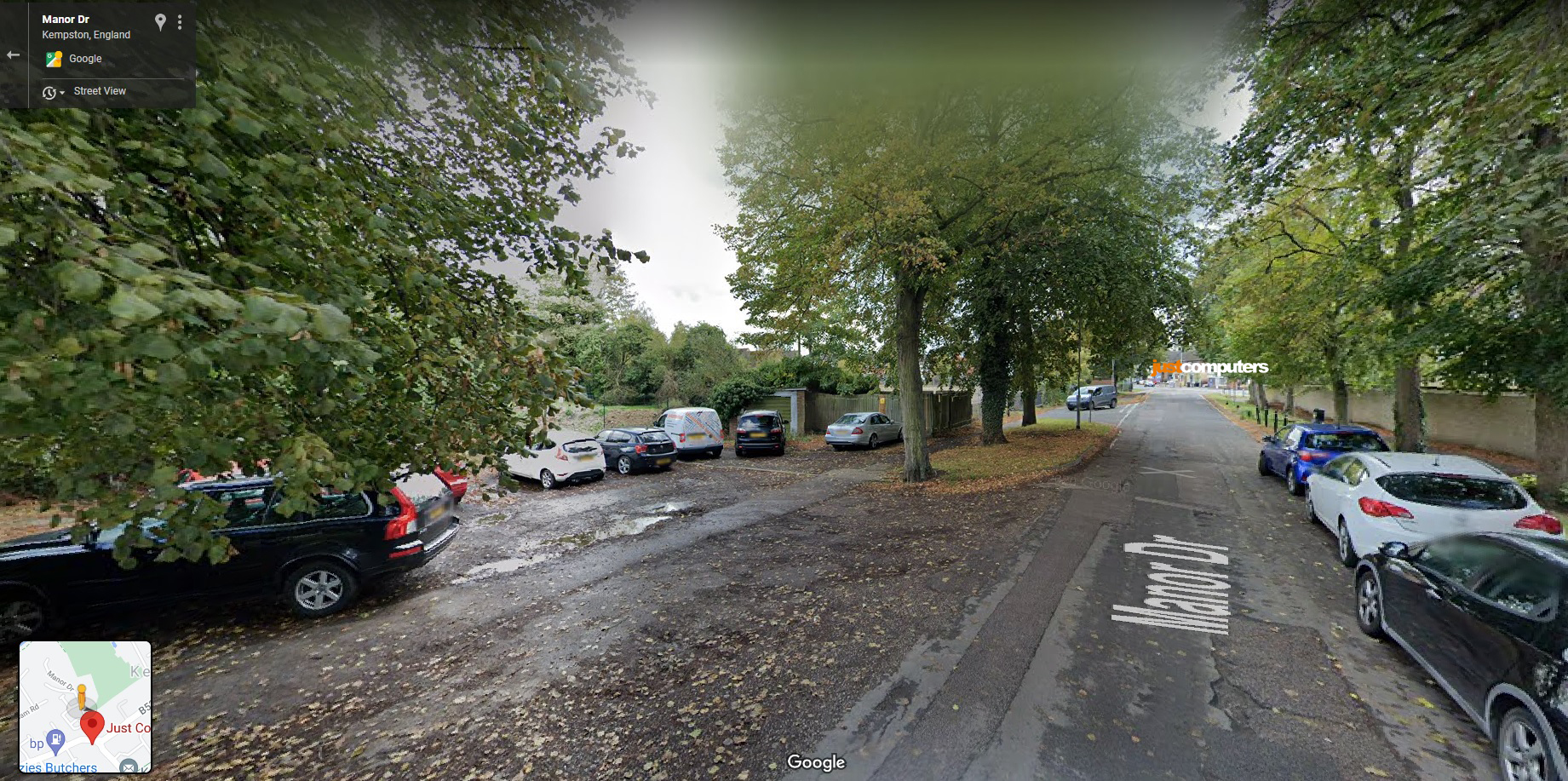
oogle has (albeit quietly) released a new app that allows users to run powerful AI tools directly on their phones without needing a Wi-Fi or data connection.
Edge Gallery
The new app, called Google AI Edge Gallery, lets users download and run generative AI models locally on Android devices. These models can perform a wide range of tasks, e.g. from answering questions and summarising text to generating images or writing code, all without sending any data to the cloud (no connection needed).
Models Sourced From Hugging Face
The models are sourced from Hugging Face, a leading open AI model platform, and are processed entirely on the user’s device using Google’s LiteRT runtime and on-device ML tools. Users can switch between models, view real-time performance metrics, and even test their own models if they meet the compatibility requirements.
The app’s key functions include:
– AI Chat for multi-turn conversations.
– Prompt Lab for rewriting, summarising, or generating code.
– Ask Image for asking questions about photos.
– A model selection interface with performance benchmarks.
Why?
The move aligns with Google’s growing focus on edge computing, where tasks are carried out on local devices rather than in the cloud. This approach offers key benefits around speed, accessibility, and data privacy.
For example, by letting models run locally, users don’t have to rely on internet connections or send sensitive data to external servers. Google says the app is designed to support developers, tech-savvy users, and organisations that want reliable AI tools even in low-connectivity environments.
The release follows Google’s AI-heavy announcements at Google I/O 2025, where it unveiled new AI features across Android, Gemini, and its Pixel devices.
What Are the Benefits?
Running AI locally offers several practical and privacy-related advantages, such as:
– Offline functionality. Users can run models anywhere, without Wi-Fi or mobile data.
– Faster response times. On-device processing reduces delays caused by network latency.
– Improved privacy. Data stays on the device, which may reassure users handling sensitive information.
– Developer control. Developers can experiment with different models, observe performance, and build edge-native apps.
For example, a field engineer working in a remote area could use the app to summarise technical notes without needing a signal, while a journalist might analyse an image on their phone without uploading sensitive material to the cloud.
Who Can Use It, When, and How?
The AI Edge Gallery app is currently available to download on Android devices via GitHub. It is labelled as an experimental Alpha release, with an iOS version confirmed to be in development, although Google has not yet announced when or where it will be released.
It should be noted that the app is not available on the Play Store. Instead, users must download the app manually from GitHub. Installation requires sideloading the APK file, and Google has published a setup guide on the app’s Project Wiki.
The app is free to use under an Apache 2.0 open-source licence, which allows personal, educational, and commercial use without restriction.
However, it’s worth noting that performance could vary depending on the device’s hardware, and Google advises that newer phones with more RAM and faster processors are likely to be able to run larger models more effectively.
Showcasing Google’s Own Models
This release appears to signal a subtle but strategic shift in Google’s AI rollout strategy. For example, while the company has traditionally focused on cloud-based AI, this app shows it is now investing in local, device-first AI infrastructure.
It may also help Google showcase the performance of its own models, e.g. Gemma 3n, a lightweight model optimised for mobile, and reinforce its presence in the developer community by integrating tightly with Hugging Face and offering flexibility in model choice.
If successful, Google’s AI Edge Gallery could form the basis for deeper AI integration into Android itself, particularly as competitors also move towards local AI capabilities.
What’s In It for Business Users?
For UK business users, the app could prove useful in several scenarios. For example:
– On-site professionals, such as surveyors, logistics workers, or service engineers, could use it in low-connectivity areas to analyse documents, photos, or text.
– Small teams could use offline AI for copywriting, coding, or productivity tasks without incurring cloud service fees or risking data exposure.
– Privacy-conscious sectors such as legal, healthcare, and defence may appreciate the enhanced data control that on-device processing allows.
Although the current app is more developer-focused than enterprise-ready, it gives a strong preview of what local AI could bring to business tools in the near future.
How Does It Compare with Competitors?
The launch is likely to put a bit of pressure on rivals such as Apple, Meta, and OpenAI, all of which are working on or teasing local AI models.
Apple is expected to unveil its own on-device AI model support at WWDC 2025, while Meta recently previewed mobile-ready versions of its LLaMA models. However, most models from OpenAI (including GPT-4) still rely on cloud access, making Google’s offering stand out for now.
Hugging Face has also been expanding its mobile AI support and is likely to benefit from this integration, particularly among Android developers. By giving developers a user-friendly testing ground for their models, Google is most likely hoping to strengthen its own ecosystem while supporting the wider open AI community.
Limitations
Always with tech, despite its promise, the app has its limitations. For example, performance is highly device-dependent, and some models may run slowly (or fail entirely) on older hardware. For instance, image captioning models may take several seconds to process a request unless used on a high-end device.
Also, the user interface is functional but not consumer-ready, and installation via GitHub may deter less technical users. This is, therefore, clearly a tool for early adopters and developers rather than general smartphone users (at least for now).
There are also concerns around misuse. While offline AI increases privacy, it also makes it harder to monitor how models are being used. Without cloud oversight, some experts warn it could be harder to enforce content safety or ethical guidelines.
As one developer on GitHub noted: “It’s amazing tech—but what happens when powerful tools are completely disconnected from accountability mechanisms?” That question may become more pressing as local AI becomes more powerful and widely available.
Regulatory Implications Still Unclear
Because the models run locally, data protection laws such as the UK’s GDPR may not apply in the same way as with cloud-based AI. However, this could raise new questions around model bias, hallucination, and responsibility for outcomes when the tools are used offline.
No formal regulatory guidance has yet been issued in the UK or EU for edge AI use cases of this kind, though industry observers expect the issue to grow in importance as adoption increases.
What Does This Mean For Your Business?
If AI Edge Gallery gains traction beyond the developer community, it could mark the start of a broader move toward decentralised AI usage, giving users more autonomy over their data, tools and workflows. For UK businesses, the ability to run models offline opens up new possibilities for mobile productivity, secure client interactions, and operational resilience in connectivity-limited environments. From a practical standpoint, sectors such as construction, logistics, healthcare, and professional services could all find value in locally executed AI that reduces both costs and compliance risk.
For Google, the app serves multiple strategic purposes. For example, it allows the company to showcase its own AI models in real-world use, gather feedback from early adopters, and strengthen ties with the open-source community through its Hugging Face integration and permissive licensing. At the same time, it positions Google to lead in a space where rivals are only just beginning to move, thereby putting pressure on Apple, Meta and others to accelerate their local AI offerings.
However, running AI models offline complicates questions of oversight, safety and accountability. Without cloud-based controls, there is little to stop misuse, and no guarantee that outputs will meet any quality or ethical standard. For regulators and policymakers, this raises difficult issues around liability and governance that have yet to be addressed in formal legislation.
The wider AI market may also need to reckon with the fragmentation introduced by local deployment. Device specs, model compatibility, and uneven performance could all impact usability, potentially reinforcing digital divides. And while the app is free, it still assumes a baseline of technical knowledge that may put it out of reach for less experienced users.
AI Edge Gallery, therefore, essentially reflects a shift towards placing AI tools directly into the hands of users, no longer tethered to distant servers or platform-controlled APIs. For those in business, development, or digital infrastructure, that shift could prove both empowering and disruptive, depending on how the ecosystem evolves.




